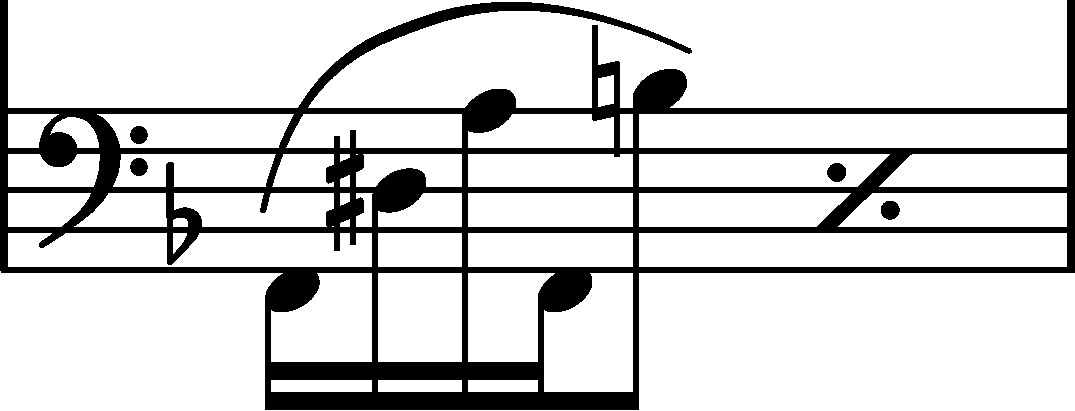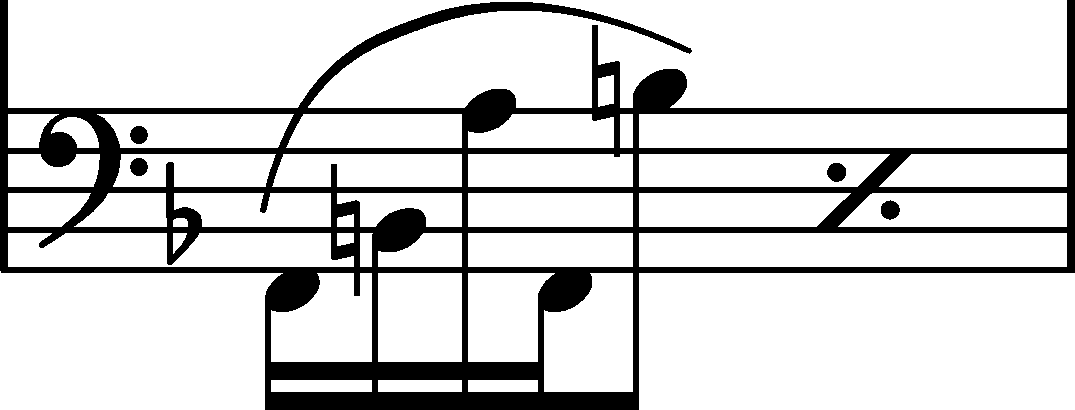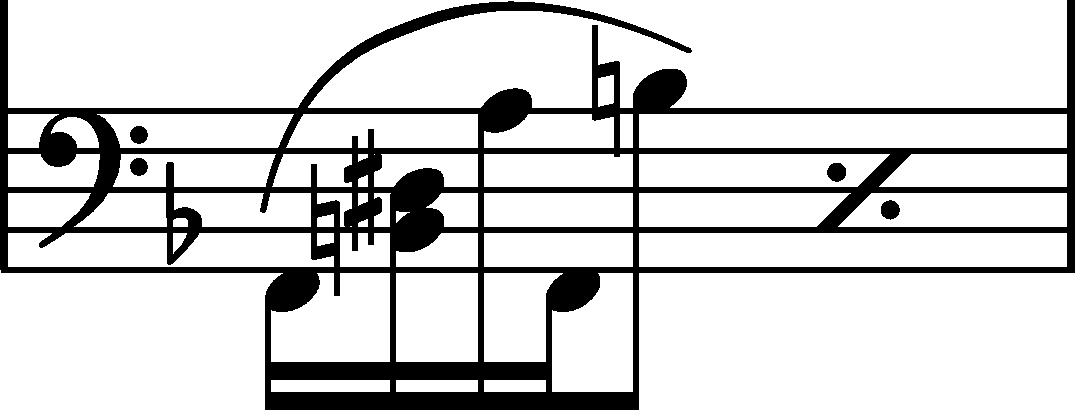



Issues : Accompaniment changes
|
b. 10-11
|
composition: Op. 28 No. 24, Prelude in D minor
..
The crossings-out visible in A reveal an earlier version of the L.H. figures; in that version the 4th note of each of them was like the second and not the first. Analogous corrections are also visible in b. 55 and 70, which may mean that in the working notation of the Prelude, which Chopin used while writing A, the entire L.H. part was based on such figures, and the change to the final version was not marked at all or only signalised, e.g. at the beginning of the piece. The aforementioned corrections would therefore suggest that the composer temporarily lost his focus while modifying the figuration at the time of rewriting. category imprint: Corrections & alterations; Source & stylistic information issues: Corrections in A , Deletions in A , Accompaniment changes |
|
|
b. 16
|
composition: Op. 28 No. 24, Prelude in D minor
..
In A the L.H. part was corrected by Chopin, most probably a few times – after having introduced corrections into the initially written text, Chopin crossed out the whole and rewrote it on a stave below. The starting point were undoubtedly two identical figures, since in the crossed-out version, the second was marked in an abridged manner as repetition of the first. Chopin started then changing the 2nd semiquaver – one can see there d It is unclear what the order of the versions was. However, taking into account the gaps between the notes, the separate B note having been crossed out and the differences in the size and colour saturation of the noteheads (which indicates that they were written at different times – it particularly concerns d category imprint: Corrections & alterations; Source & stylistic information issues: Corrections in A , Deletions in A , Accompaniment changes |
|
|
b. 55
|
composition: Op. 28 No. 24, Prelude in D minor
..
Chopin initially wrote G category imprint: Corrections & alterations; Source & stylistic information issues: Corrections in A , Deletions in A , Accompaniment changes |
|
|
b. 70
|
composition: Op. 28 No. 24, Prelude in D minor
..
Chopin initially wrote G category imprint: Corrections & alterations; Source & stylistic information issues: Corrections in A , Deletions in A , Accompaniment changes |

 and B, placed on the same stem, but slightly smaller and darker. In addition, one can see a spot under the
and B, placed on the same stem, but slightly smaller and darker. In addition, one can see a spot under the  raising d to d
raising d to d ,
,  ,
,  .
. raising B
raising B and b
and b